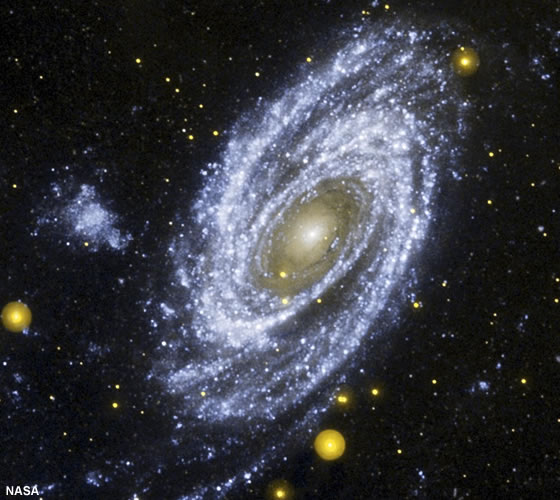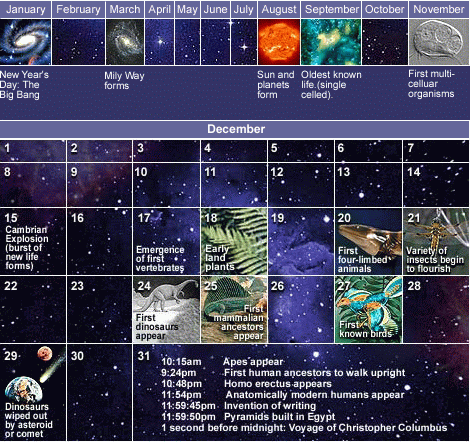My cousin, Bobby Abraham, recently sent me a very interesting article called “Coming of Age in the Milky Way”. It made for fascinating reading because it was both educational and also offered some context as to where the earth and life on earth fits into the scheme of things.
In 1967, two scientists Arno Penzias and Robert Wilson, were working on satellite communications for Bell Laboratories. They encountered what was described as a persistent unfocused, unrelenting hissing noise that made their experimental work impossible. No matter what they did, they could not get rid of the noise. It took a while but they finally realized that they had stumbled on the edge of the universe itself! The persistent hissing noise was caused by photons, the most ancient light in the universe which over vast periods of time and distance had converted into microwaves! It was coming from 90 billion trillion miles away – a number so large in terms of being able to conceptualize it, that it would not make a difference to me if it were hundred times as much or a tenth as much!

It turned out to be one of the greatest discoveries of all times – a “eureka” moment, as Archimedes would have put it or as Isaac Asimov puts it great discoveries are preceded by more of a “That’s funny……..” reaction!
The entire article by Alexander Green makes for fascinating reading but there were a few things that really captured my attention. In 1929, Edwin Hubble, after whom the famous telescope is named, “discovered that the distant fuzzy patches in his telescope at the Mount Wilson Observatory were actually other galaxies, each composed of billions of stars. Even more astonishing, these galaxies are rapidly moving away from us – and each other.
“This eventually led to Hubble’s Law: If the galaxies are receding then:
Tomorrow they will be farther from us.
But yesterday they were closer to us.
And last year they were closer still.
At some point in the past, everything was piled together and squeezed into a tiny volume.”
It is believed that the universe as we know it today commenced with a gigantic explosion almost 14 billion years ago in what is today referred to as the “Big Bang”.
Green’s article covers a lot of territory – all of it very readable. It blends science and religion as he discusses the creation of the universe as we now know it. But the part that I found most illuminating was when he shows how long ago the universe was formed. Numbers like 14 billion years ago or a distance of 90 billion trillion miles are so huge that the human mind cannot wrap itself around something so astronomically large. But Green, quoting the astronomer, Carl Sagan, provides an illustration which ordinary mortals can relate to in comprehending the age of the universe.
Sagan calls it a “Cosmic Calendar” and as Green says “it not only enlightens but provides an object lesson in humility”. Here is how Sagan’s Cosmic Calendar works:
“Imagine that the 13.7 billion-year history of the universe is compressed into one calendar year. The Big Bang occurred in the very first second of January 1 and the current moment is the last second of the last minute of December 31. Using this compressed timescale, each month equals a little over 1.1 billion years. Each day represents 40 million years. Each second covers 500 years of history.
“The Milky Way coalesces in March. The sun and planets form in August. The first life – single celled – show up in September, the first multi-cellular organisms in November.
“The first vertebrates appear on December 17. Dinosaurs show up on Christmas Eve. (And become extinct on December 29.)
“Modern humans finally appear at 11:54 p.m. on December 31.
“And all of recorded history occupies the last ten seconds of the last minute of the last day of the year. The pyramids were built nine seconds ago. The Roman Empire fell three seconds ago. Columbus discovered America one second ago.”

Pretty stunning isn’t it when our existence is shown relative to when the universe is believed to have come into being? The 13.7 billion years assumes a whole different frame of reference.
I have cited only a small portion of Green’s article. The entire article is well worth reading!




